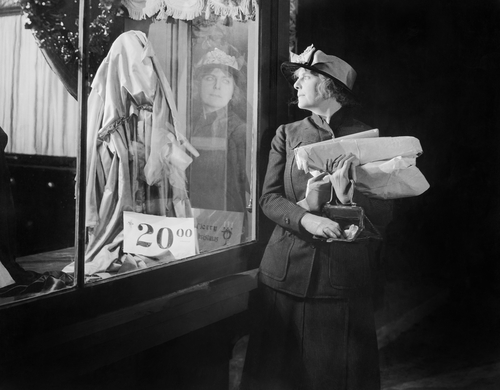KEY CONCEPT
The behavioural motives of consumers — such as regret over buying too soon or too late and misperceptions about the product’s future availability — should be considered as companies develop their optimal pricing and inventory strategies.
IDEA SUMMARY
Özalp Özer of The University of Texas at Dallas and Yanchong Zheng of MIT Sloan researched the role of regret and availability misperception in shaping a retailer's pricing and inventory strategies. They found that forward-looking consumers who see a product they want to buy will hesitate: should they buy it now, or wait till later when it goes on sale? If they buy it now and see it later on sale, they will regret their decision to move quickly. But what if they don’t buy it now, and then the item is no longer available later? They will regret their decision not to move quickly.
Ultimately, the decision involves the consumers’ perception of whether the product will be available in the future. What Zheng and Özer call ‘availability misperception’ — guessing wrong on the availability of the product — adds to the tension of the purchase.
The strength of consumers’ behavioural motives will vary according to product. For some products, say a fancy, innovatively designed jacket, there will be a deep ‘stock-out’ regret. In other words, consumers will deeply regret that the new jacket is no longer available and would have been willing to pay the higher price had they known. In this case, Zheng and Özer say that the stock-out regret is higher than the ‘high-price’ regret. For other products, the high-price regret is stronger: when consumers see the prices marked down for these products, they deeply regret that they paid the higher price earlier. If they had known, for example, that V-neck t-shirts were going to go on sale, they would have waited to buy.
It’s important to note that availability misperception reinforces stock-out regret. A consumer who hesitates to buy a beautiful new jacket (for example) assuming that it would remain available a little longer, then finds that the jacket is out of stock, is going to have more regret than a consumer who buys a less-coveted product (e.g. the t-shirts) and finds out later that he could have purchased them for a cheaper price.
BUSINESS APPLICATION
Retailers searching for the best pricing and inventory strategies must take into account the behavioural motives of their customers described above. Specifically, these behavioural motives can determine whether a markdown strategy (starting at high prices and then reducing them over time) or an everyday-low-price strategy (keeping prices down at all times) is more profitable.
The research indicates that for products generating high stock-out regret, a markdown strategy is more profitable. Customers are willing to pay the high prices when the product comes on the market because they are more fearful of missing their opportunity. Since availability misperception, as noted above, reinforces stock-out regret, sales of these types of products can be further enhanced by inventory strategies that trigger the availability misperception. These strategies including disclosing low inventory (as Amazon does) or giving the impression of low inventory, — for example, by displaying a very limited number of products (e.g. hanging only two of the coveted new jackets on the rack).
On the other hand, for products that typically generate high-price regret, every-day-low pricing is an effective strategy. Otherwise, forward-looking customers will wait for better prices — or seek them elsewhere.
Not taking consumer behavioural motives into account can have a serious impact on the bottom line. Zheng and Özer's research indicates that up to 10% of profits could be lost by ignoring the impact of regret and availability misperception on when and what consumers decide to purchase.
REFERENCES
Markdown or Everyday-Low-Price? The Role of Behavioral Motives. Özalp Özer & Yanchong Zheng. Working Paper (April 2014).











